
Unopened pot
When only the blinds are in the pot it is called unopened. You normally start with a raise, not a call (limping). Some of the reasons are…
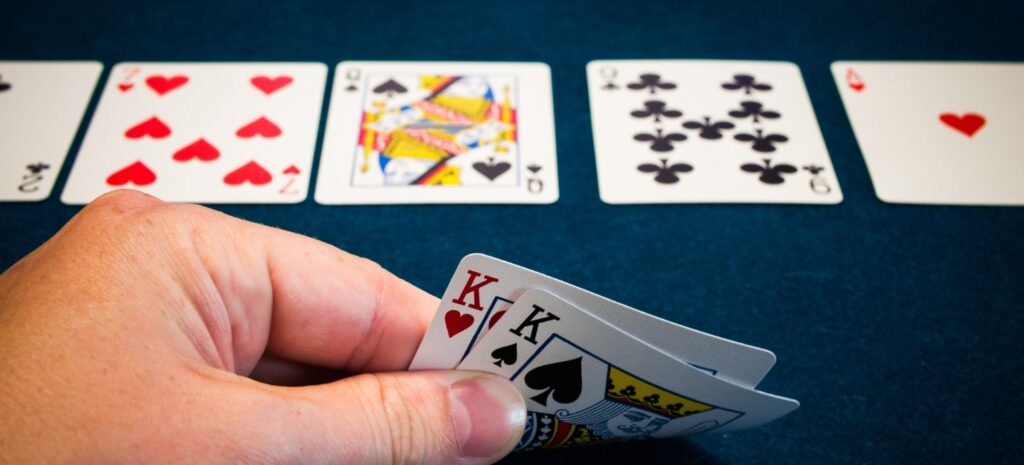
Postflop play is where Texas Hold’em gets intricate. Learning to play preflop quite well can be done by memorizing and practicing preflop charts, but postflop is significantly more complex. Learn postflop fundamentals in this beginner’s guide!
Some key considerations:
Connecting with the board
Who does the board favor, you or your opponents?
Use equity (your winning chances without more betting) advantage and nut advantage (frequency of very strong hands, usually two-pair or better) to gauge. This is done by comparing your range against the opponent’s range, either in a tool like Flopzilla or in a solver like GTO+. High-card boards usually favor the preflop aggressor, while low or medium-connected boards favor the preflop defender. In general, with equity advantage we can bet more often, with nut advantage we can bet bigger.
Example:
We open raise in the button in a cash game, 100 bb stacks. BB calls.
The flop is:

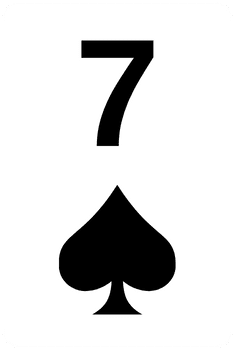
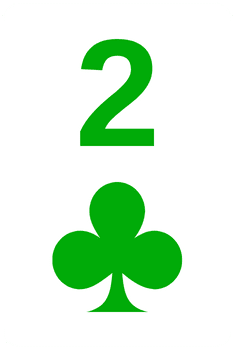
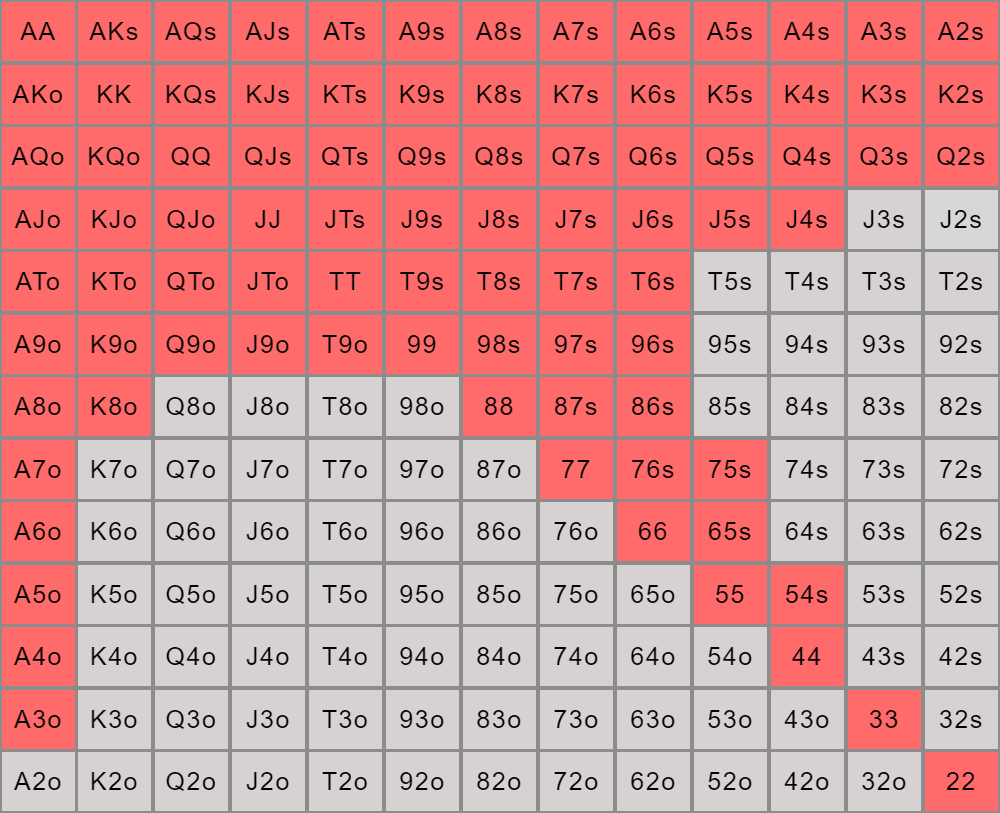
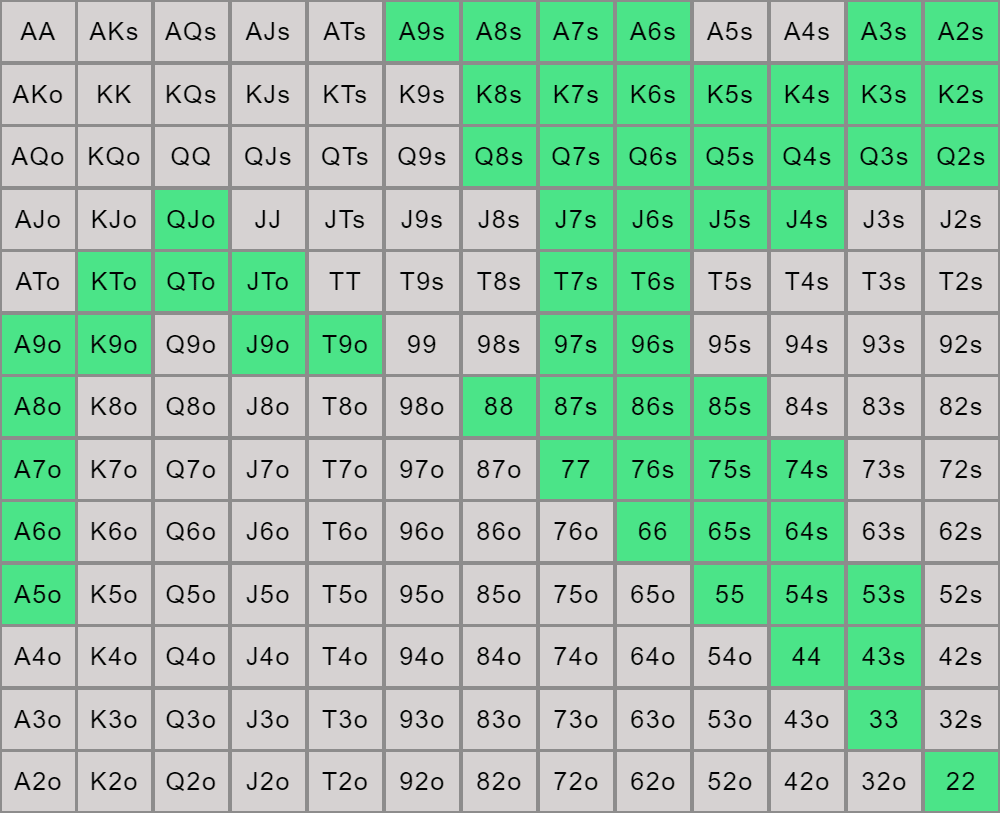
This flop has a high card and is very disconnected. We have an advantage as preflop aggressor. The equity of our range against villain’s range is 53%. We also have more really strong hands, like KK, AA and AK. Villain would mostly have raised those preflop. This gives us a nut advantage.
Hand Categories
It is important to consider relative strength rather than absolute strength. What this means is that our straight that has good absolute strength does not have good relative strength on the turn when there are four cards to a flush and a lot of action.
When starting out in poker, we can tend to (with many exceptions as we learn more):
See The three reasons to bet in poker for more info. To improve your ability to assess the strength of your hand against villain’s range you can practice in the postflop exercise.
Position
Acting after opponents (in position) offers a clear advantage as you see their moves first, aiding pot control and bluffing. For more information, see Introduction to position.
Deciding what to do
Beginners can follow this guideline:
Example:
You raised on the button. Big blind called.
You have:


The flop is:


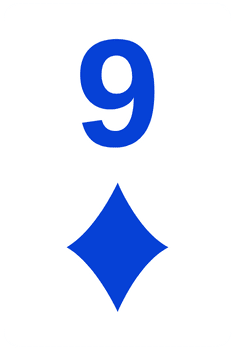
Key considerations:
When deciding what to do, we need to consider the best action (with the highest EV). In this example, the board is better for us and we have position, which are arguments for betting. But our hand is only decent, which is an argument for checking. All things considered we should check. If we bet we will mostly be called by better hands and some hands that can outdraw us. Many of the hands that would fold, would be worse than our hand.
A seasoned player is going to consider many more things than the ones mentioned here. For example, villain tendencies, stack sizes, future run-outs, pot odds, implied odds, balancing value bets with bluffs, optimal bet sizing, blockers and unblockers, table image, game dynamics, payout structure and more.
The more you study and practice, the easier it will be to make the most profitable decisions postflop. The good news is that because learning to play postflop well is challenging, most players are not doing it!

When only the blinds are in the pot it is called unopened. You normally start with a raise, not a call (limping). Some of the reasons are…
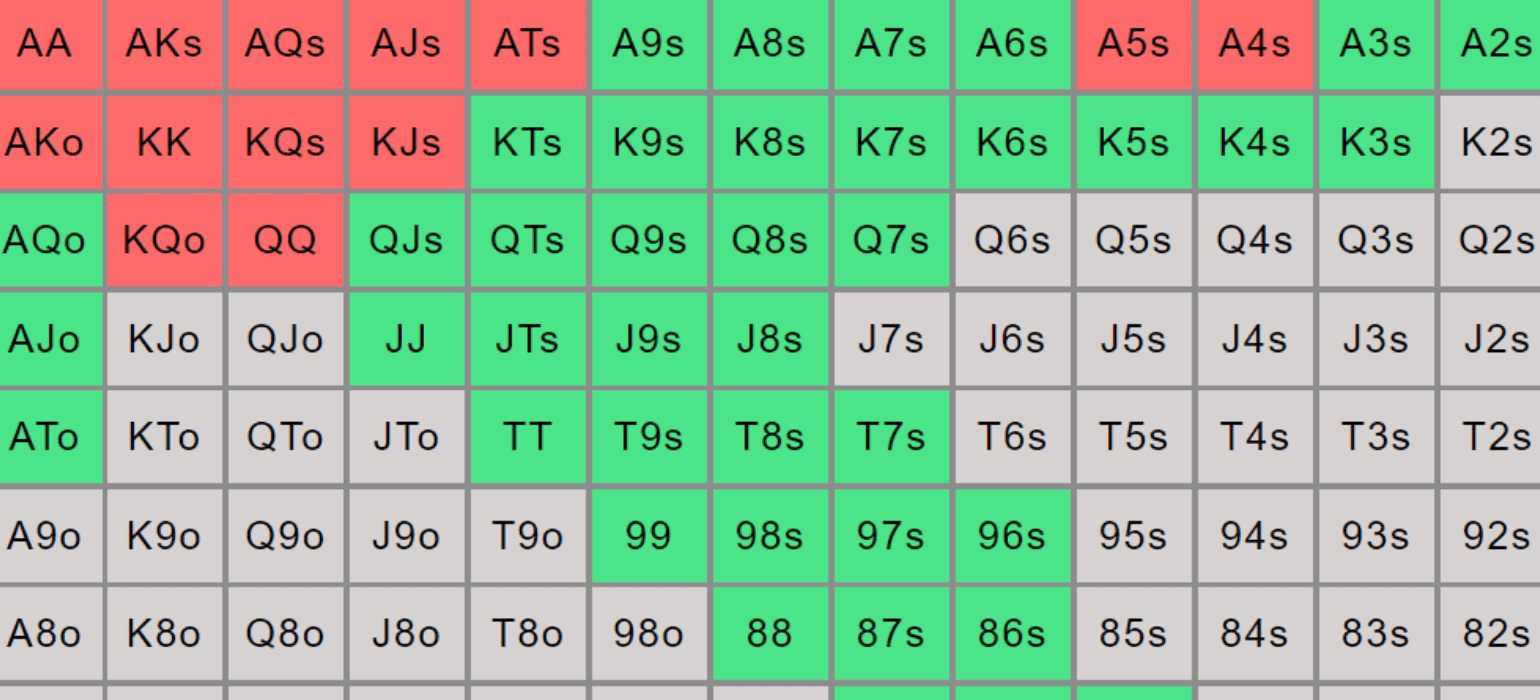
In Texas Hold’em, understanding preflop play is crucial. Preflop range charts provide a solid foundation by outlining recommended actions…
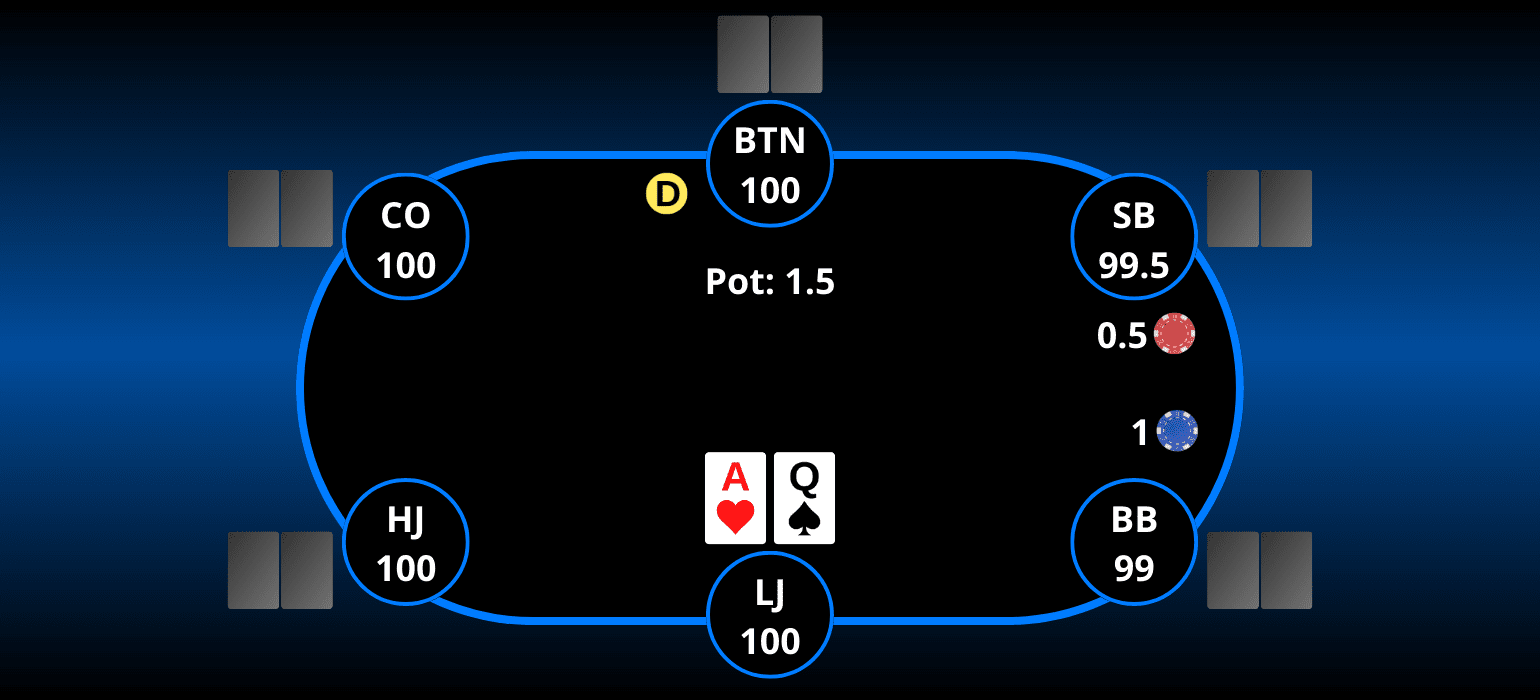
In poker, the value of good preflop play is often underestimated. Here’s why it is important:
Played in every hand: Since preflop…
| Cookie | Duration | Description |
|---|---|---|
| cookielawinfo-checkbox-analytics | 11 months | This cookie is set by GDPR Cookie Consent plugin. The cookie is used to store the user consent for the cookies in the category "Analytics". |
| cookielawinfo-checkbox-functional | 11 months | The cookie is set by GDPR cookie consent to record the user consent for the cookies in the category "Functional". |
| cookielawinfo-checkbox-necessary | 11 months | This cookie is set by GDPR Cookie Consent plugin. The cookies is used to store the user consent for the cookies in the category "Necessary". |
| cookielawinfo-checkbox-others | 11 months | This cookie is set by GDPR Cookie Consent plugin. The cookie is used to store the user consent for the cookies in the category "Other. |
| cookielawinfo-checkbox-performance | 11 months | This cookie is set by GDPR Cookie Consent plugin. The cookie is used to store the user consent for the cookies in the category "Performance". |
| viewed_cookie_policy | 11 months | The cookie is set by the GDPR Cookie Consent plugin and is used to store whether or not user has consented to the use of cookies. It does not store any personal data. |